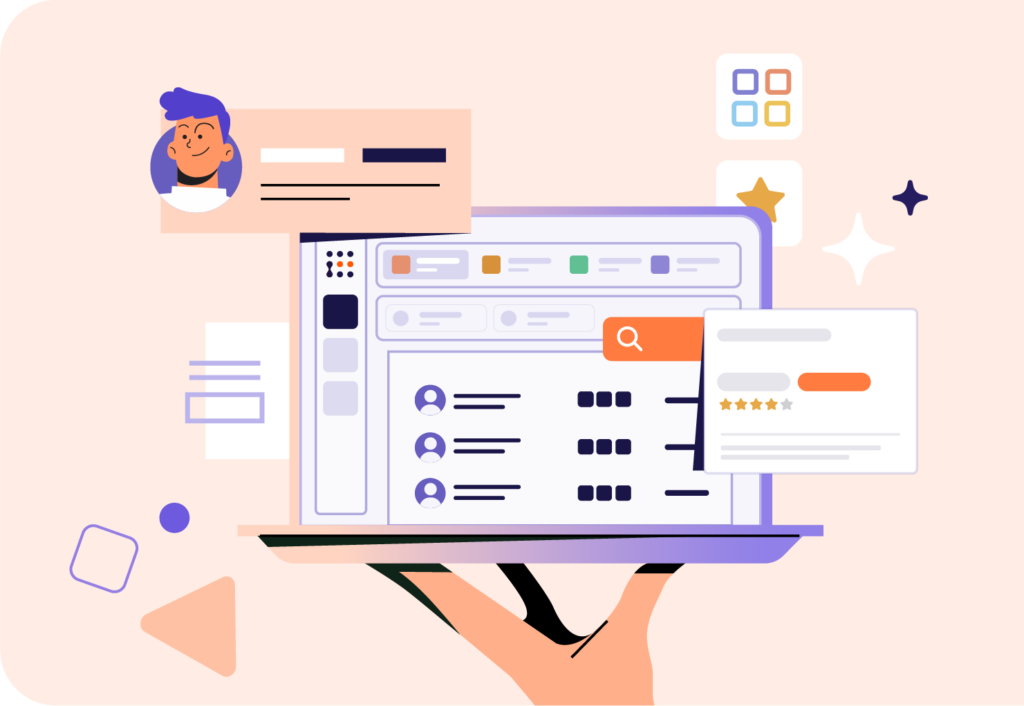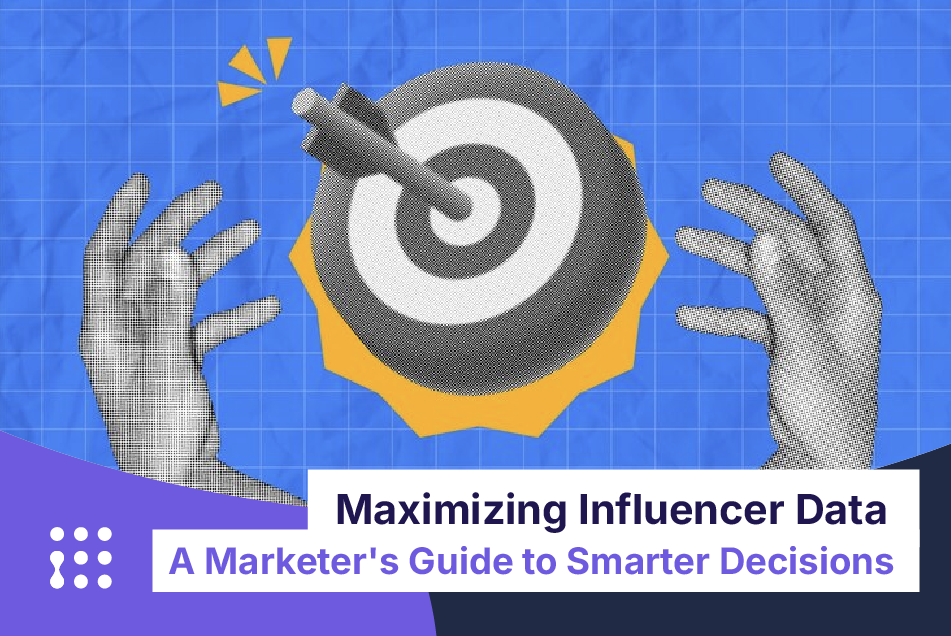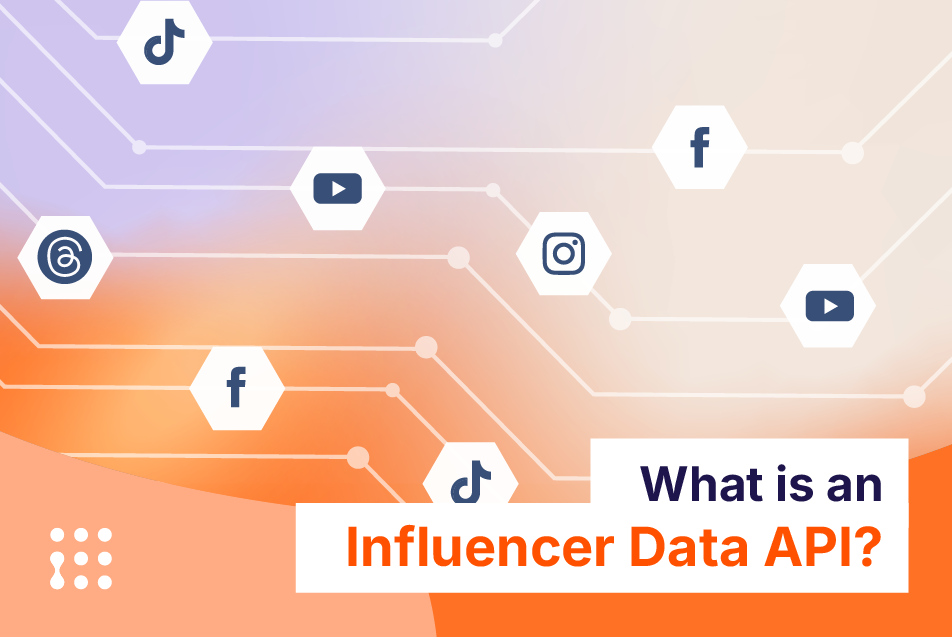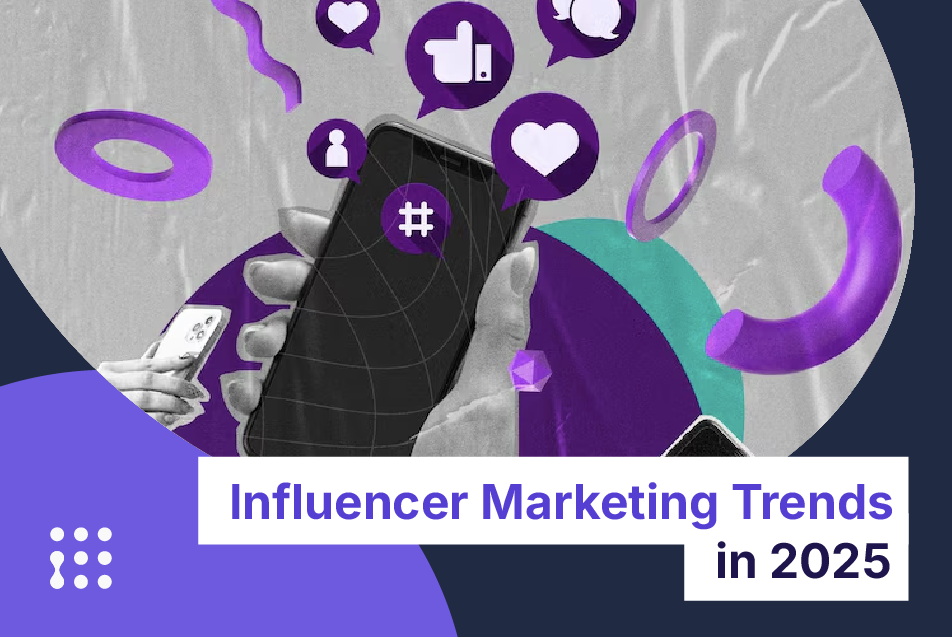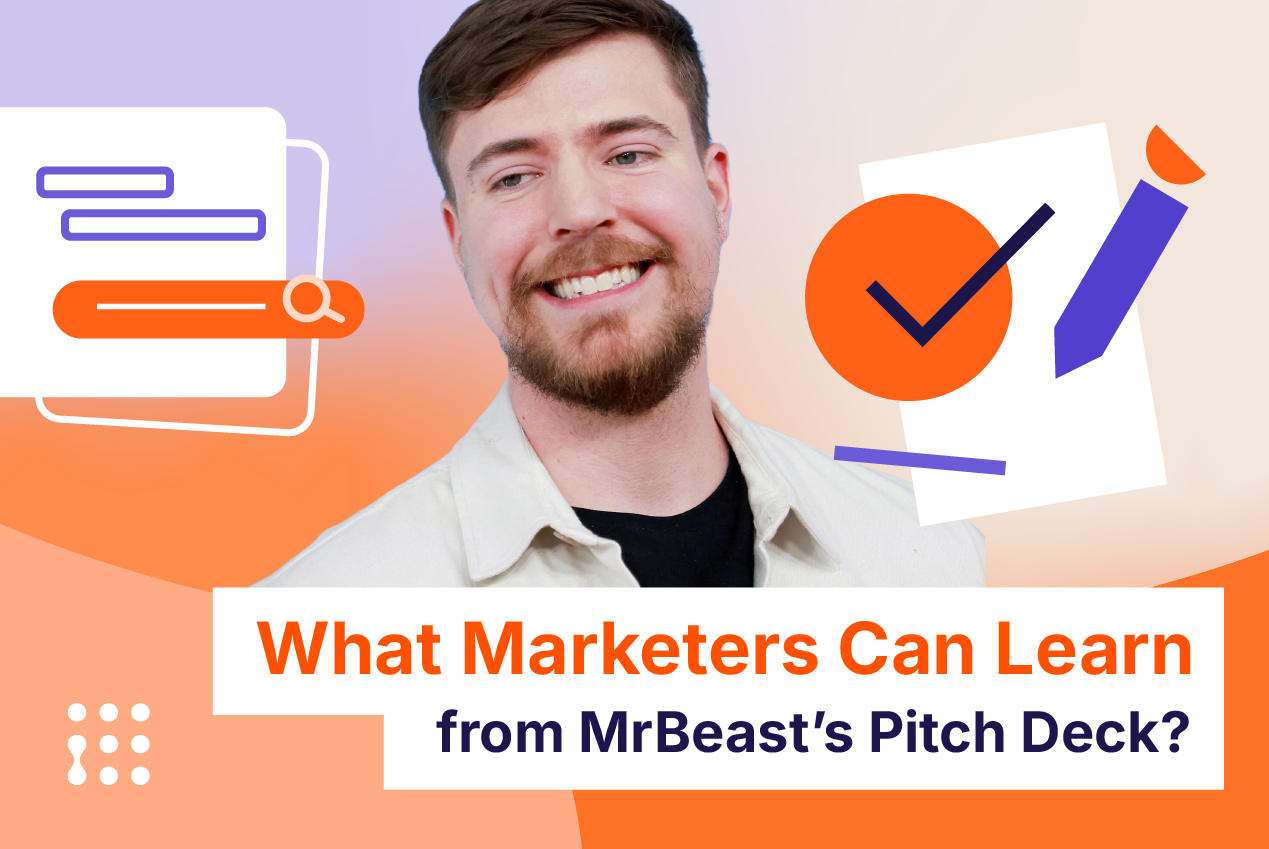If you are working in influencer marketing, you must have heard of the new buzzword: AI influencers.
AI influencers, sometimes called virtual influencers, are particular influencers whose appearances are virtually generated by AI technology.
Even though it is the latest industry trend, they will definitely not take over completely human influencers.
Working with AI influencers could drive excellent marketing results and grow your business. This is why, it is essential to keep up with this trend and understand how to work with AI influencers.
In this article, we will discuss the history of AI influencers, how they will impact influencer marketing, and, with their existence, what will happen in the near future.
What are AI Influencers?
AI influencers are influencers generated by AI technology. They usually have CGI appearances and act like real human beings interacting with the world in a first-person perspective.
At the moment, The Conversations mentioned there are 3 types of AI influencers:
- non humans
- animated humans
- Life-like CGI humans
Most of these influencers nowadays use AI as part of their narrative such as LilMiquela and many others.
Currently, the closest version for us to a true AI influencer is Kuki, which is integrated with an advanced chatbot and offers the possibility of having a conversation with Kuki herself.
What’s the history of AI influencers
The concept of AI influencers first came out can be traced back to the early 2010s.
Back in those days, the early version of AI influencers were simply virtual characters in the gaming and entertainment industry.
As AI and computer graphics developed, these characters started to have more nuances and became more sophisticated, eventually becoming the virtual influencers we see today.
In 2016, the world welcomed Lil Miquela who is considered the first official hyperrealistic AI influencer in history. After her release, there were a ton of debates about whether she was a real person or not.
Since then, many brands also have developed their own AI influencers for their business, starting from their mascots. The most successful is CB de Casa Bahia, the face of a major retail brand in Brazil with over 10 million followers.
While initially AI was just in the name while the images were CGI creations in the past year, with the explosion in popularity of stable diffusion and generative AI, have emerged profiles like Milla Sofia whose images are generated by an AI model.
With the advancement of generative AI, virtual influencers will become more and more integrated with the real world and offer a more engaging experience to fans.
Why do Brands need AI influencers over Human Influencers?
While they are for now still a niche category of influencers AI influencers appeal to many brands for various reasons:
- They allow brands to try experimental and innovative ways to reach their customer base
- With AI influencers, brands can have full control of the messaging and branding
- Compared to human beings, AI Influencers are less likely to be caught in scandals or controversies
Besides those reasons, according to Influencer Marketing Hub data, AI influencers are collecting excellent feedback from the marketers who worked with them and inspiring more collaborations:
- 59.8% of marketing professionals have worked with AI influencers
- 15.5% plan to collaborate with AI influencers
- Over 60% of those who once collaborated with virtual influencers are satisfied.
Since AI influencers don’t exist as people outside of their social media feed, there is a team of professionals managing them, it is easier to have them align with the specifics of a marketing campaign.

How to use AI influencers in your marketing campaign
Although there is still no data about how effective AI influencers are compared to traditional influencers is clear the fit with the product is still the most critical factor for a successful influencer marketing campaign.
Audiences might be happy to see the innovation of AI influencers, but they may find human influencers more relatable regarding certain products.
Still, AI influencers are great if brands want to showcase an innovative image and position themselves at the forefront of a trend.
We’ve found 3 case studies in different industries to help you get to know better how to work with AI influencers.
Hugo Boss Rebranding (2022)
In the spring of 2022, the German fashion brand Hugo Boss underwent a major rebranding effort to reach the younger generations. First of all, it was the campaign, which included many traditional fashion influencers such as Kendall Jenner and Hailey Bieber.
In addition, they partnered with Nobody Sausage and Imma, two of the most well-known AI influencers in this field.
It was a powerful signal to integrate virtual influencers in the rebranding, which showed that Hugo Boss’s future will focus on technology and innovation.
Miquela for Samsung
Created by Los Angeles-based startup Brud, Miquela Sousa has collaborated with prestigious brands such as Calvin Klein, UGG, Prada, etc. Among all the exceptional work, one paid partnership stands out: her collaboration with Samsung’s #TeamGalaxy.
In this collaboration, Miquela stands for one of the most advanced technologies, like the latest Samsung phone. The collaboration is undoubtedly a perfect match in digital heaven.
The presence of virtual influencers like Miquela Sousa has also redefined the concept of brand ambassadorship.
Miquela Sousa brings a unique allure to the brands with which she collaborates.
By leveraging Miquela’s influence, Samsung has effectively connected with a tech-savvy audience and embraced the essence of modernity, ultimately enhancing its brand image.
Noonoouri for Dior Rogue
In 2018 Noonoouri substituted Natalie Portman in the Dior “Rogue” perfume campaign. With her cartoonish appearance and exaggerated eyes, Noonoouri gave a huge tribute to her predecessor.
The commercial resembles the original version, with Noonoouri dancing while applying makeup. While it would be a standard ad for the cosmetics industry, using an AI influencer creates a sense of novelty and unexpectedness, making the ad much more appealing.
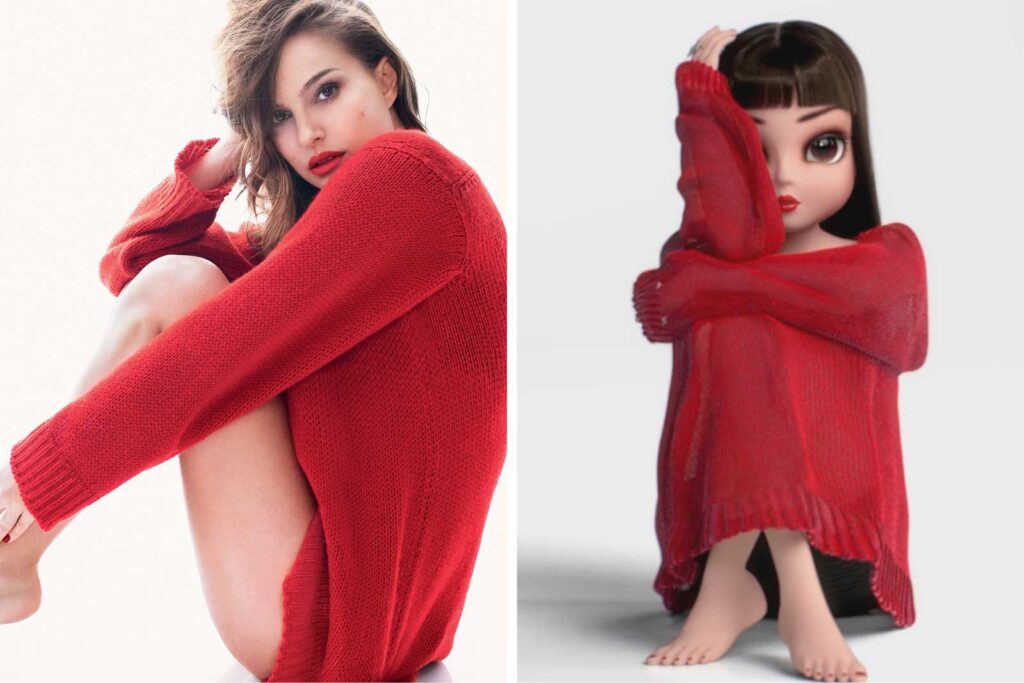
What is the Future of AI Influencers
As we know, AI tools like Midjourney and ChatGPT are becoming more vital in every industry. They are integrated with many services to provide a more personalized user experience. With these tools becoming more precise and reliable, we expect to see them integrated with AI influencers in the future as well.
Integrating “true AI” tools in AI influencers will allow these influencers to connect with their audience better. As in the case of Kuki, AI models can be tailored to chat with users while having their characteristics.
Once this kind of implementation is proven reliable, we can expect many brands to start creating AI influencers of their own and relying on them as brand ambassadors while including them in much of the brand’s online material.
AI influencers for brands
Many of the established AI influencers are created and managed by marketing agencies that charge a pretty penny for their collaboration.
But with the explosion in popularity of ChatGPT followed by specialized LLMs and GANs models, it’s becoming easier for any brand to generate AI influencers that fit exactly the brand image and goals.
Tools like SynthLife allow to easily create realistic-looking characters and include branded elements in the images.
But it is not only limited to images, with the more advanced generative AI models creating videos is not off the table.
AI influencers can also provide a 24/7 available social media touch point for the customers. By combining AI-generated images and videos with an AI-powered chatbot tailored around the unique characteristics of your AI influencer you can have a very powerful advocate for your brand always on.
Why do AI influencers for brands work?
Social media users and customers in general demand a more intimate approach with whom they follow and the brand they interact with. They not only want to receive messages from them but they also want to have their input heard and obtain personalized attention based on their unique needs and characteristics.
To cater to the needs of their audience brand can choose to employ an extremely large, and costly customer support staff, or create visual influencers and chatbots to obtain the same result at a fraction of the cost.
Implementing an effective AI influencer can be a game changer for a brand since it allows it to provide constant attention and support to its customers and fans. This kind of engagement can easily bring up other social media metrics like following, visibility, and conversions.
The future of AI and brands
Since the applications to create and manage AI influencers are becoming simpler and easier to implement, also almost self-sustaining after the training process, we can expect many brands to start developing their marketing strategies with AI characters owned and operated by the brand itself at the core of it.
These influencers will provide a new channel to express a more human, but still curated, side of the brand. About their audience, the implementation of AI influencers will fulfill the desire many have to interact more humanely and thoughtfully with brands which is difficult to achieve through official channels.
Many brands also have strong characters that have been part of their messaging for decades and bringing them to life on social media is going to be a huge attention magnet in the near future.
AI influencers for content creators
This may sound weird but AI influencers are going to have a huge impact on content creators themselves. And not in the sense that they will replace them.
In recent years, many companies have started offering the possibility for content creators to clone themselves as a virtual influencer.
Thanks to these services content creators can offer their fans a more intimate and personalized experience.
Caryn AI
Caryn Marjorie is the pioneer in this field. Her Caryn AI stemmed from her deep connection with her fans, whom she used to spend up to 5 hours a day chatting with, and her willingness to bring the same experience to more of them. Obviously for large creators is humanly impossible to connect with all their fans on a personal level or even with most of them.
But LLMs can be trained to talk and sound exactly like a person, especially one in which there are hundreds of thousands of only recorded interactions.
Thanks to the help of an AI startup called Forever Voices AI, Caryn was able to an AI clone of herself that can be directly talked to.
This experiment was very warmly received by her fans with the project earning $72 thousand in its first week and projected to be making around $5 million a month with Caryn’s follower growth rate.
The future of AI for content creators
As for brands, we will see an uptick in content creators who will employ AI tools and clones to provide their audience with a personalized experience.
Content creators thrive thanks to their personality, that’s what attracts their audience and forges strong parasocial relationships with them.
The possibility of replicating these characteristics with AI models and making them available for 1-to-1 interactions offers a great opportunity both for monetization and for strengthening the connection with the audience.
Other content creators are known for their extensive knowledge of specific topics and built their careers by bringing such topics to the masses. Often their content catalogues are extremely valuable. But also vast and difficult to navigate.
AI versions of such influencers trained on their content catalog will provide access to all that knowledge in a faster and more intuitive way.
These are just a few of the many possible applications AI is going to have by being implemented among content creators. What is sure is that there will be an explosion in content creators fueled application of AI models.
Conclusion
In conclusion, AI influencers have opened up a new frontier in the world of social media marketing. While they present exciting opportunities for brands to engage with their audience in novel ways, they are still in the early stages of development. As AI technology progresses, AI influencers will become more common while providing better value to brands.
FAQs
1. How do AI influencers maintain engagement and authenticity in interactions with their followers, given their non-human nature?
AI influencers engage followers through programmed responses and content that resonates with audience interests, though this might lack the depth of human interaction.
2. What ethical considerations arise in using AI influencers, especially concerning transparency and disclosure to audiences?
Ethical concerns include the need for transparency about their AI nature to avoid misleading audiences.
3. How is the creative process for content involving AI influencers managed, and who is responsible for it?
The creative process involves teams of designers and AI specialists who develop the influencer’s persona and content, ensuring alignment with brand and audience expectations.
